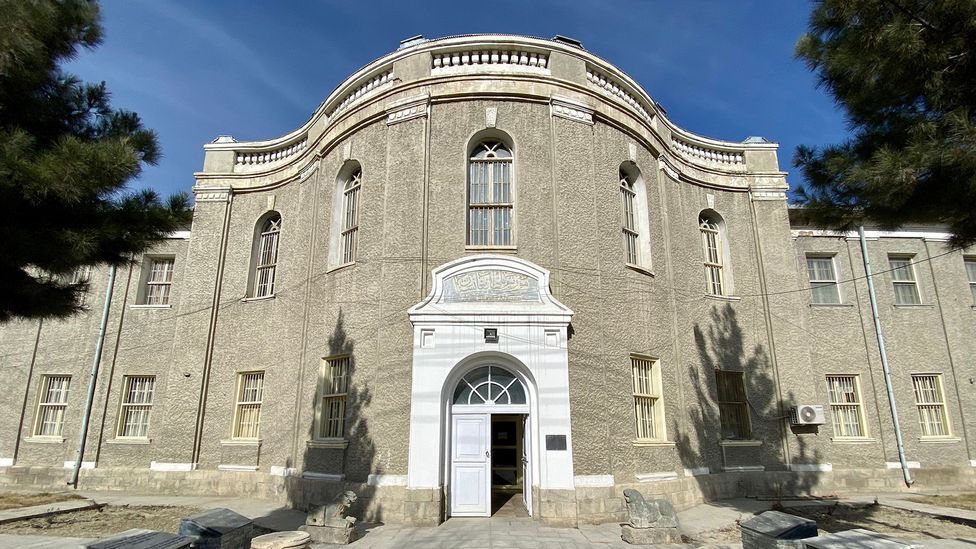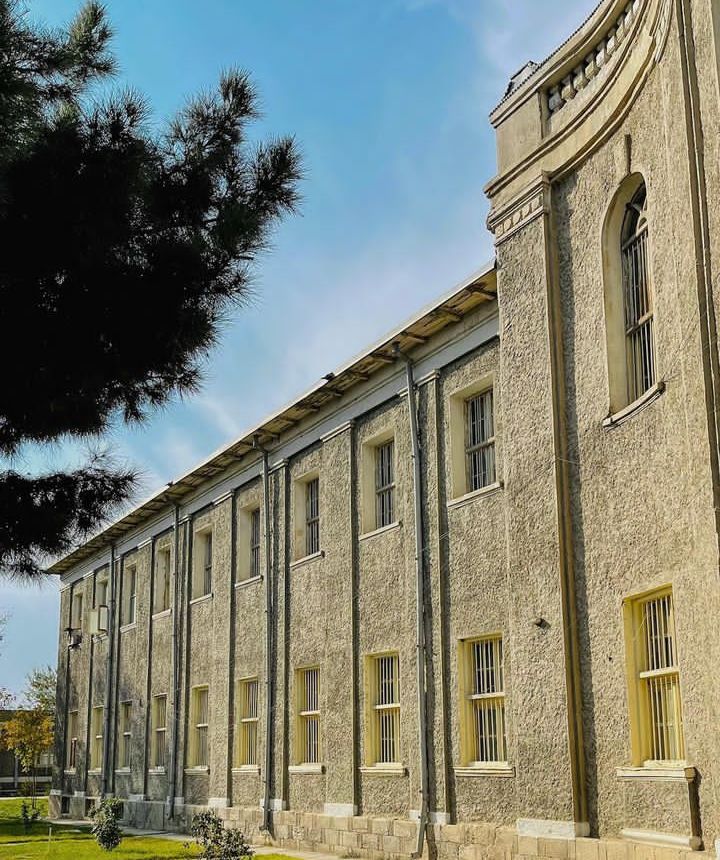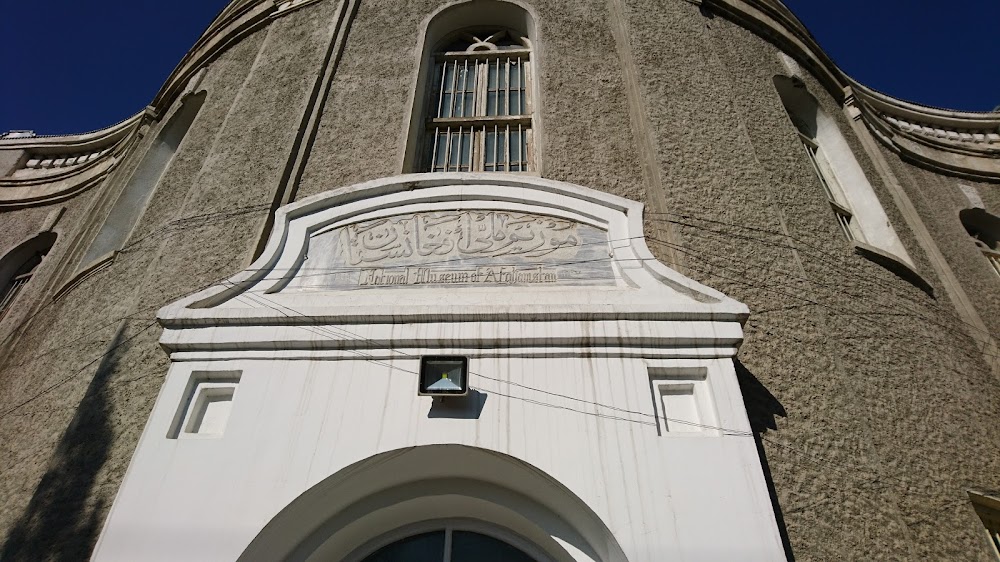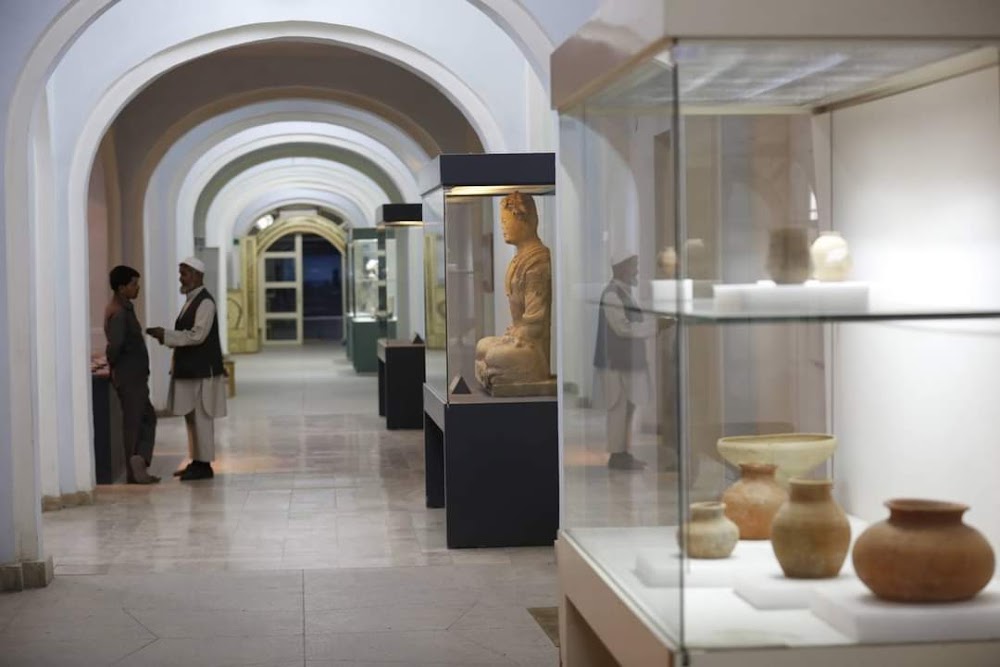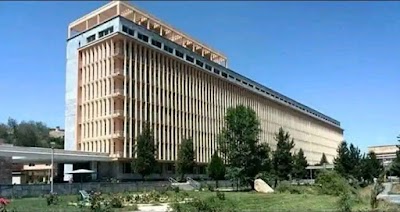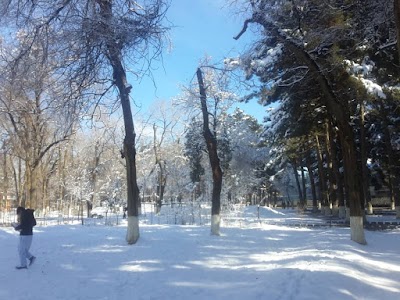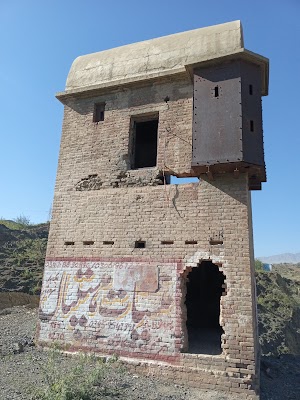Kabul Museum (موزیم کابل)
Overview
The National Museum of Afghanistan, often referred to as the Kabul Museum, is a remarkable repository of the country’s rich heritage and cultural narrative. Located in the vibrant city of Kabul, it stands as a testament to Afghanistan's enduring legacy and historical significance. Established in 1919 during the reign of King Amanullah Khan, the museum was initially named the Kabul Museum and began as a collection of historical artifacts housed in the royal palace. In 1931, it found a new home in the Darulaman area, where a grand building was purposefully constructed to showcase its treasures.
The museum's architectural design is a celebration of Afghanistan’s historical styles, constructed in a neo-classical manner that features grand domes, majestic arches, and an impressive facade. Inside, the museum boasts spacious galleries and exhibition halls, meticulously designed to guide visitors through Afghanistan's chronological history, from prehistoric times to the Islamic era.
Within its walls, the Kabul Museum houses a vast and diverse collection of artifacts that narrate the story of Afghanistan through the ages. Highlights include ancient coins, manuscripts, intricate sculptures, weapons, traditional costumes, and various artistic pieces. Among its most remarkable exhibits are the Greco-Bactrian artifacts, which illustrate the influence of Hellenistic culture following Alexander the Great’s conquests. The museum also showcases relics from the Kushan Empire, stunning replicas of Buddhist art from Bamiyan and other regions, along with an impressive array of Islamic artifacts.
However, the Kabul Museum's journey has not been without its challenges. The ravages of war—from the Soviet invasion and civil war to the Taliban regime—have significantly impacted its collection and infrastructure. Many invaluable artifacts were lost to destruction or looting, and the museum itself sustained considerable damage. The most tragic events occurred during the late 1990s under Taliban rule, when numerous artifacts deemed un-Islamic were either destroyed or sold on the black market.
Since the fall of the Taliban in 2001, concerted restoration efforts have been undertaken to revive and protect the museum's collection. With the support of international organizations and local authorities, dedicated teams have worked tirelessly to restore damaged artifacts and recover those stolen. Generous contributions from donors worldwide have facilitated these rebuilding and restoration initiatives, with organizations like UNESCO playing a pivotal role in preserving Afghanistan's cultural heritage for future generations.
To enhance the safety of its collections, the museum has implemented security measures and has taken steps to ensure it is better prepared for any future challenges. Despite the tumultuous past, the resilience and commitment of the museum’s staff have allowed it to remain open to the public, providing a vital window into Afghanistan’s diverse and rich history.
Today, the National Museum of Afghanistan serves as both an educational and cultural hub for the people of Kabul and visitors from around the globe. It is not merely a repository of historical artifacts; it symbolizes the enduring spirit of Afghanistan. Through its exhibits and ongoing conservation efforts, the museum strives to instill a sense of pride and ownership among Afghans, encouraging them to cherish and preserve their unique heritage.
Looking forward, the museum's future is filled with promise as it continues to rebuild and expand its collection. With initiatives to digitize its holdings and enhance educational programs, the museum aspires to be not only a guardian of the past but also a beacon for future generations seeking to understand Afghanistan's place in the tapestry of world history.


